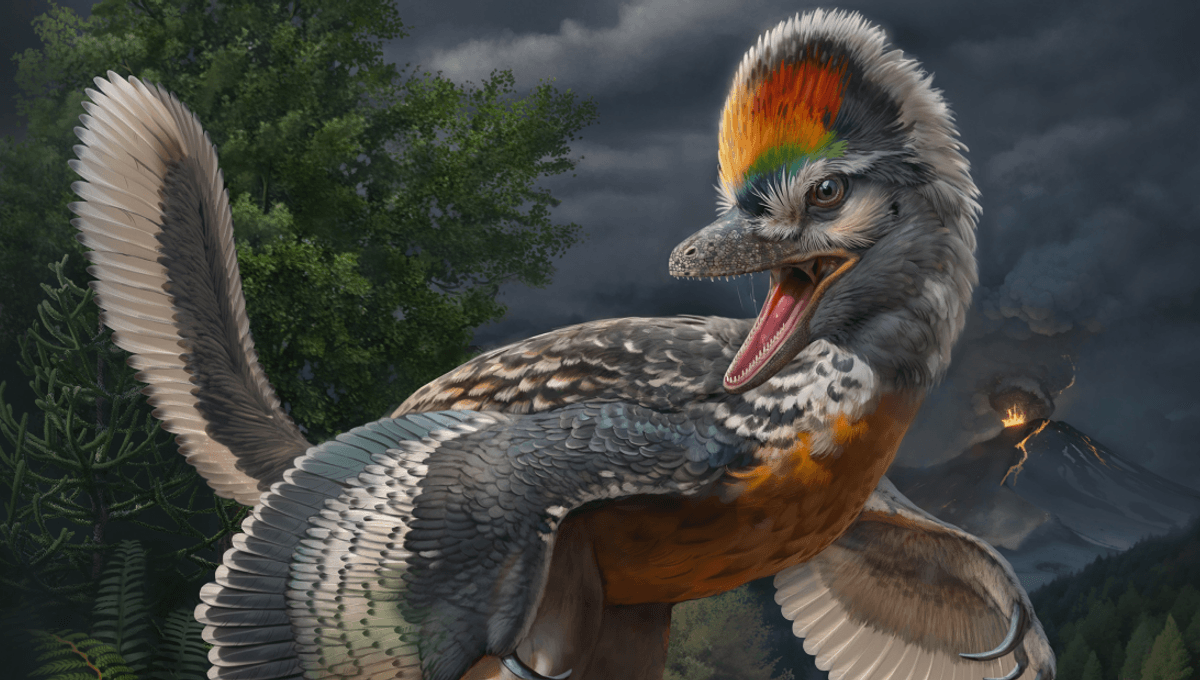Prepare to be amazed by the discovery of a bizarre new species! Meet Fujianvenator prodigiosus, a dinosaur whose fossil was found in Zhenghe County, Fujian Province. Its name is derived from “Fujian,” the location where the holotype was discovered, “venator,” Latin for hunter, and “prodigiosus,” which pays tribute to its unique and peculiar legs.
This extraordinary creature belongs to the Avialae clade, which includes all modern birds except Deinonychus and Troodon. Dating back to the Jurassic period, Fujianvenator prodigiosus is a rare find that provides valuable insights into the evolution of avialan body plans. It has already surprised researchers with its unusual hindlimb architecture.
Dr. Wang Min, the lead author of the study from the Institute of Vertebrate Paleontology and Paleoanthropology of the Chinese Academy of Sciences, explains, “Our comparative analyses reveal significant changes in body plan along the early avialan line, primarily driven by the forelimb, leading to the typical bird limb proportion. However, Fujianvenator diverged from this trajectory and evolved a bizarre hindlimb structure.”

Visualize the incredible Fujianvenator with its long legs and vibrant plumage in some stunning paleoart. The holotype’s legs are truly a sight to behold, reminiscent of the colorful styles of the 80s. Additionally, iridescent feathers have been discovered in other avialan specimens, expanding the range of feather colors these animals could achieve.
While the long legs of Fujianvenator prodigiosus suggest it was an adept runner, other fossils found in the same area, such as ray-finned fish and turtles, indicate that it may have been the “Swamp Queen” of its time. This collection of diverse specimens, known as the Zhenghe Fauna, emphasizes the importance of this site for uncovering fossils and the secrets of evolution.
“The sheer diversity of fossils, combined with the unique paleoenvironment and precise age constraints (148–150 Ma), demonstrate the immense potential of Zhenghe as an emerging Jurassic vertebrate fauna. It fills a crucial temporal and geological gap in our understanding of the ecosystems in northeast Asia during the Late Jurassic,” concluded the study authors.
Prepare to be captivated by this extraordinary discovery! Read the full study in Nature.








